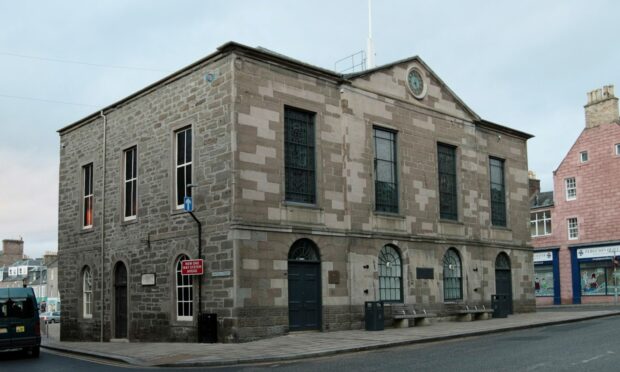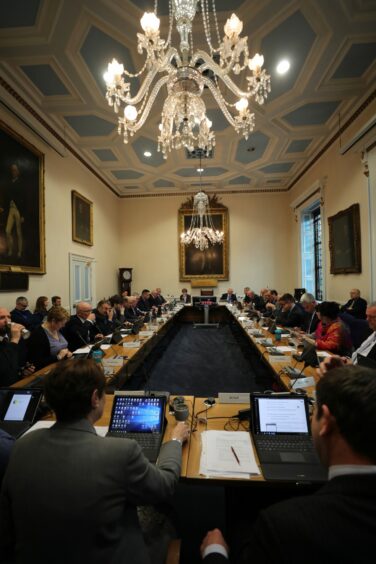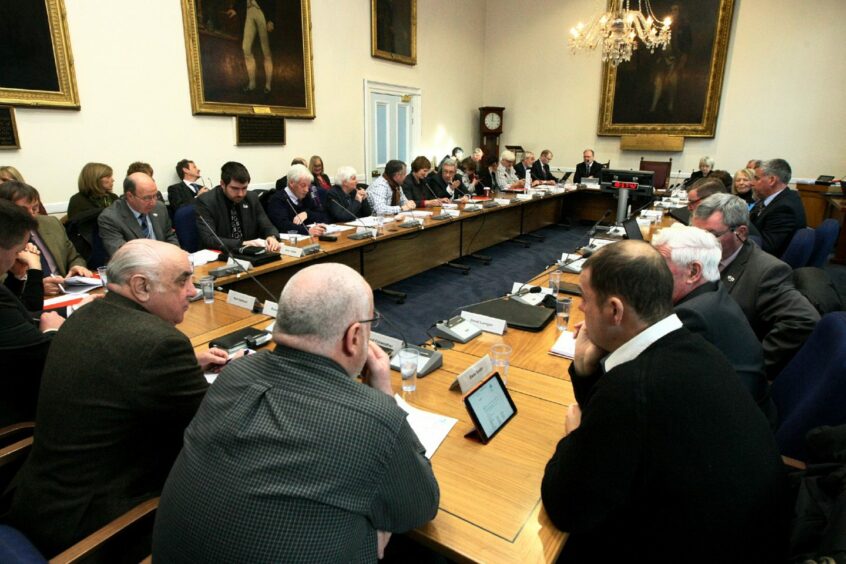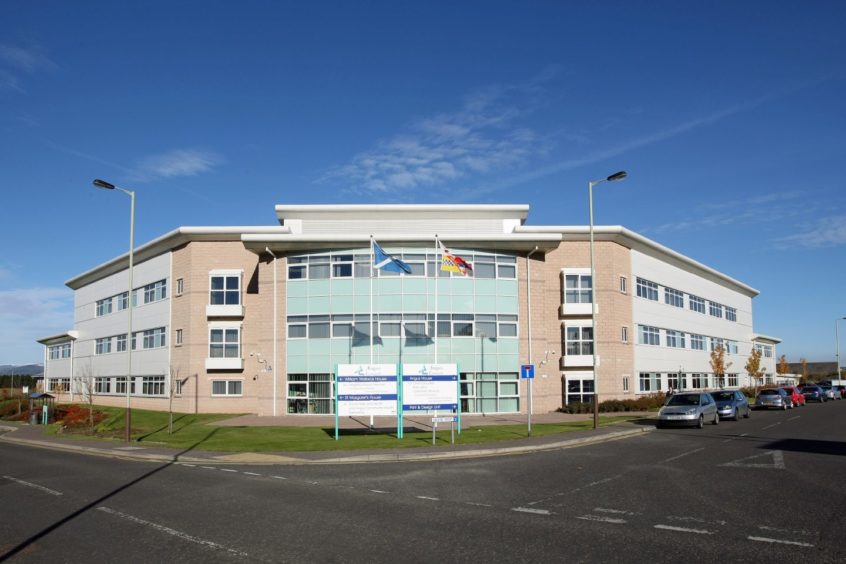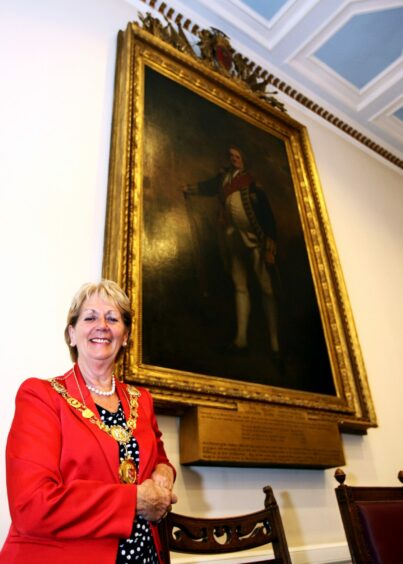Angus Council meetings will remain remote until the end of the year – and probably beyond in a move which has left a question mark over the future of Forfar’s historic debating chamber.
Last year, the council became one of the first in the country to stream business online when the pandemic struck.
It won praise for the step, but suffered an early setback in a so-called Zoom bomb attack.
Meetings now take place through the Teams platform and are streamed via the Angus Council Live You Tube channel.
Council officials are developing a business case around how meetings might be held in the future.
It includes a hybrid model to allow staff and councillors to be present in the debating chamber or join discussions remotely.
Options appraisal
The authority’s IT chief plans to deliver an options appraisal around the end of the year.
IT director Sharon Faulkner said a range of ideas for both staff and council meetings are being considered.
Angus is also looking at how other Scottish councils are operating and what route they may go down.
She said: “Once we have gathered more information we will develop a business case to show options, costs and benefits of the different solutions that are available.”
Previous estimates put the five-year cost of streaming systems at around £100,000.
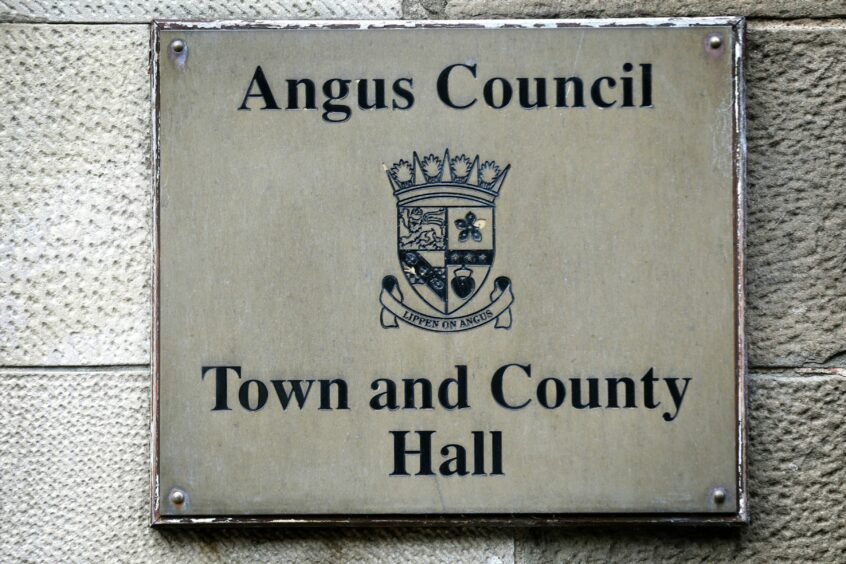
But the suitability of the Town and County Hall in the centre of Forfar is already coming under scrutiny.
Pre-Covid, it was used for all council committee meetings.
Members of the public have frequently packed the public gallery to have their voice heard over community issues.
Those have included the successful fight to save Stracathro primary, the campaign around Arbroath’s Seaton Grove care home and parking charges protests.
But space is at a premium during busy meetings such as the council’s budget-setting.
Significant investment
Montrose councillor Bill Duff said: “Clearly we know we’re going to have to make a significant investment and I would have thought it’s unlikely that’s going to happen before the next election.
“Continuing remote meetings until the end of the year seems a sensible course of action.
“The second thing we need to look at is where we are going to hold our meetings when we get back to them.
“I think we need to have an open mind here because it may be that the Town and County Hall may not be the best location.
“If we’re going to spend significant sums on the IT and audio systems we should spend it once rather than doing a lot of re-work.”
Angus House council HQ at Orchardbank in Forfar is already being looked at in terms of available space.
The IT director added: “We will be seeking to get something that is sustainable for the long term and that may mean looking at other venues for committee meetings.”
Some councillors already have concerns around the public switching off from taking an interest in council business because of the timing of meetings and often lengthy debates.
The latest full council meeting was a marathon session of around ten and a half hours.
It was held over three sittings across three weeks because the business could not be completed in the allocated time on each occasion.
History
Town and County Hall sits on part of the original site of Forfar’s historic tollbooth.
The creation of a new municipal building for the county town was agreed by local magistrates in the 1780s and completed in 1788.
It was designed by London-based architect James Playfair, whose father was the minister at Benvie, near Dundee.
One less than complimentary assessment of the new town hall was that “the general utility of the whole fabric seems to have been sacrificed to the attainment of one large upper room for public benefit and amusement”.
Four impressive stained glass memorial windows dominate the frontage at The Cross.
They were designed by Alexander Russell and installed in 1952.
The County Hall also retains two of a set of three crystal chandeliers donated by David Scott of Dunninald, MP, on its completion.
Portraits which hang in the main chamber include those of Viscount Adam Duncan, the Admiral who led the defeat of the Dutch fleet in the Battle of Camperdown and ‘Honest’ George Dempster, the founder of the village of Letham.
The local authority previously invested heavily in audio visual equipment which is lowered from the chamber’s ornate ceiling.
Work was carried out on the balcony of the main chamber last year after it suffered damage.
